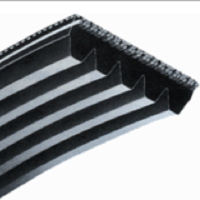About Automotive Belts
In an Automotive vehicle, some part of the mechanism runs on belt. The commonly known belt is the Timing belt. It has gained the popularity for overhead camshaft (OHC) drive for its quiet operation and weight reduction which result to fuel saving. Timing belts are specially engineered and constructed to last longer in the environment of high engine heat. The other belt found in the vehicle is the serpentine belt, also known as a multi-vee, poly-v, or multi-rib belt. It is a single, continuous belt used to drive multiple peripheral devices in an automotive engine, such as an alternator, power steering pump, water pump, air conditioning compressor, air pump, etc. The belt may also be guided by an idler pulley and/or a belt tensioner.
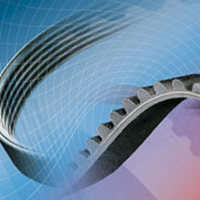
Range of Automotive Belts
AUTOMOTIVE TIMING BELT
High Functional Drive Timing Belt
Rounded tooth profile for less noise at high speed operation.
Super Torque Synchronous Timing Belt
Unique rounded tooth design permits smooth engagement with pulley and reduces noise.
Trapezoidal Synchronous Timing Belt
OHC drive timing belt that overcomes severe operating condition in engine compartment.
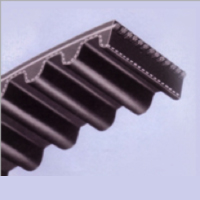
AUTOMOTIVE V-BELT
-
Wrapped V-Belt
General fan belt wrapped with flexible and wear resistant fabric.
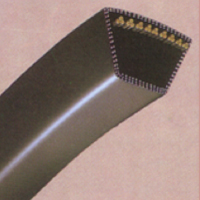
-
Raw Edge Plain V-Belts
Fabric free side-face provides flexibility for automotive applications.
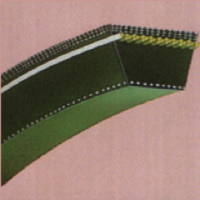
-
Raw Edge Multiply V-Belts
Laminated fabric construction provides smooth and noiseless drives.
- Microbus and Light Truck

-
Raw Edge Cogged V-Belts
Cogged bottom construction lessens bending energy loss.
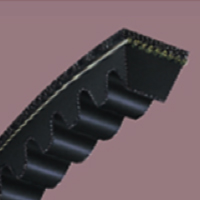
-
Multiple V-Ribbed Belts
V-ribbed belt that combines the high power transmission capacity of v-belt and the flexibility of flat belt. Specially designed to fulfill various functional requirements as automotive belt.
